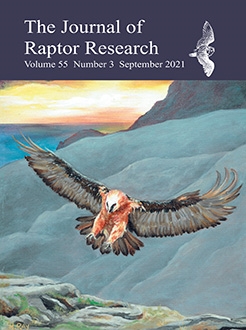Animals' movements integrate multiple factors, such as motion and navigational abilities, the motivational and internal states of the individuals, and environmental conditions. We studied Griffon Vultures (Gyps fulvus) from two populations (Causses and Pyrenees, France) to determine whether they adapt their movements (foraging and home range) and their time/energy budgets to the local environmental conditions and their breeding status. We found that Caussean vultures spent 35% more time flying per day and 37% more time per flight than Pyrenean birds, landed twice as often to eat, and were 67% more active while on the ground. The distance vultures travelled in the Causses, and to a lesser extent in the Pyrenees, appeared to be influenced by the availability of thermals. Our results suggest that the breeding status of the individual, the seasonality of the availability of food resources and its predictability, and meteorological conditions can influence movements and home ranging behavior. Both internal and external factors also affect the size and shape of home ranges. However, the fact that the vultures we tracked in the Causses were breeding birds whereas most of those in the Pyrenees were nonbreeders precluded us from disentangling the effects of breeding constraints and environment.
How to translate text using browser tools
1 September 2021
Space Use and Time Budget in Two Populations of Griffon Vultures in Contrasting Landscapes
Julie Fluhr,
Simon Benhamou,
Didier Peyrusque,
Olivier Duriez
ACCESS THE FULL ARTICLE

Journal of Raptor Research
Vol. 55 • No. 3
September 2021
Vol. 55 • No. 3
September 2021
environmental conditions
foraging
Griffon Vulture
Gyps fulvus
home range
time/energy budgets
vulture




